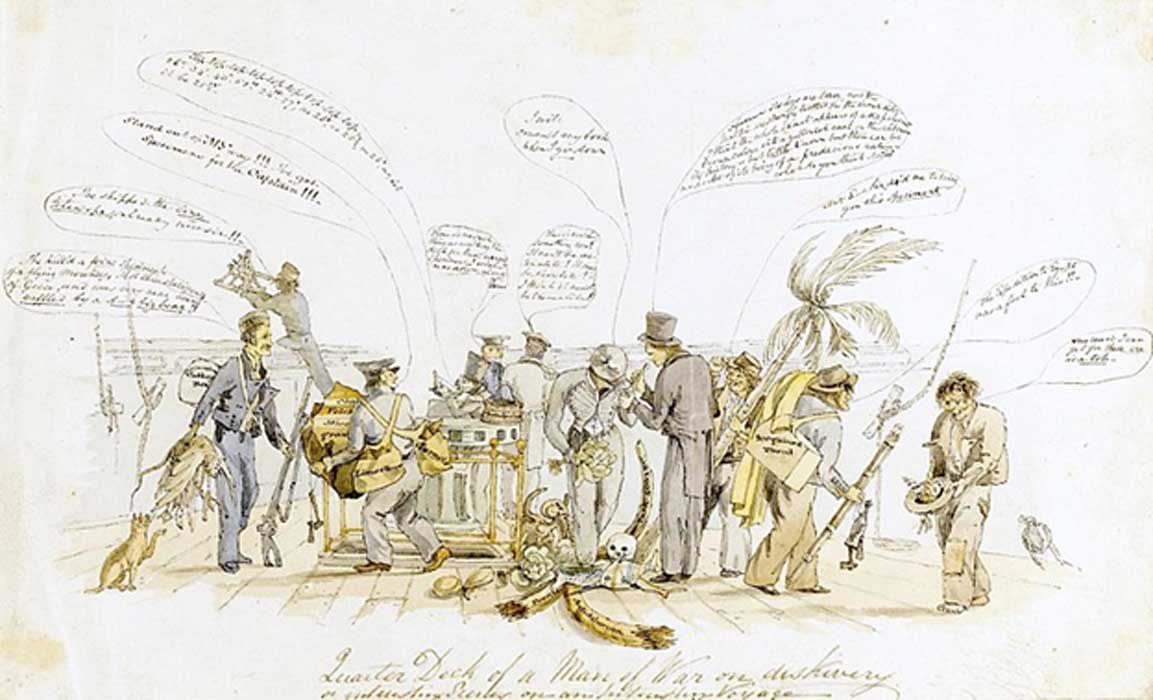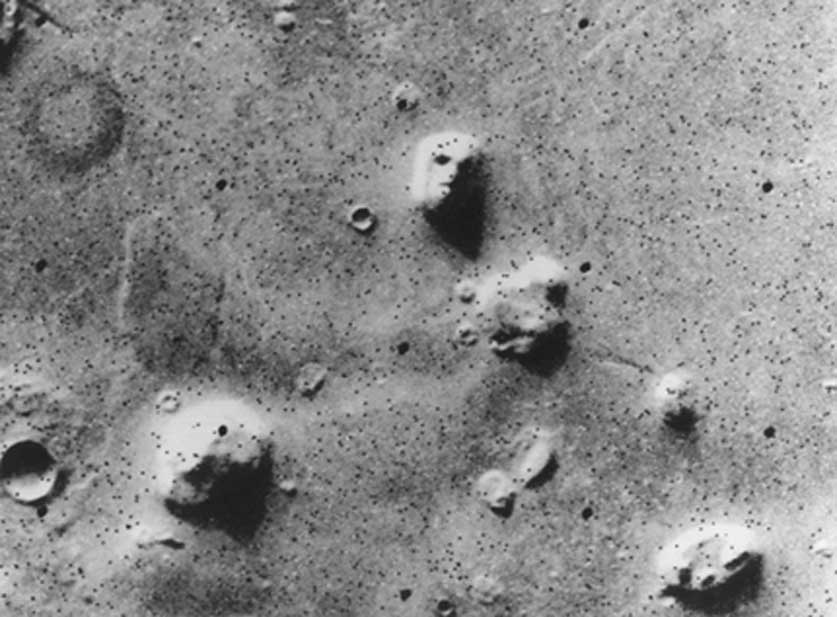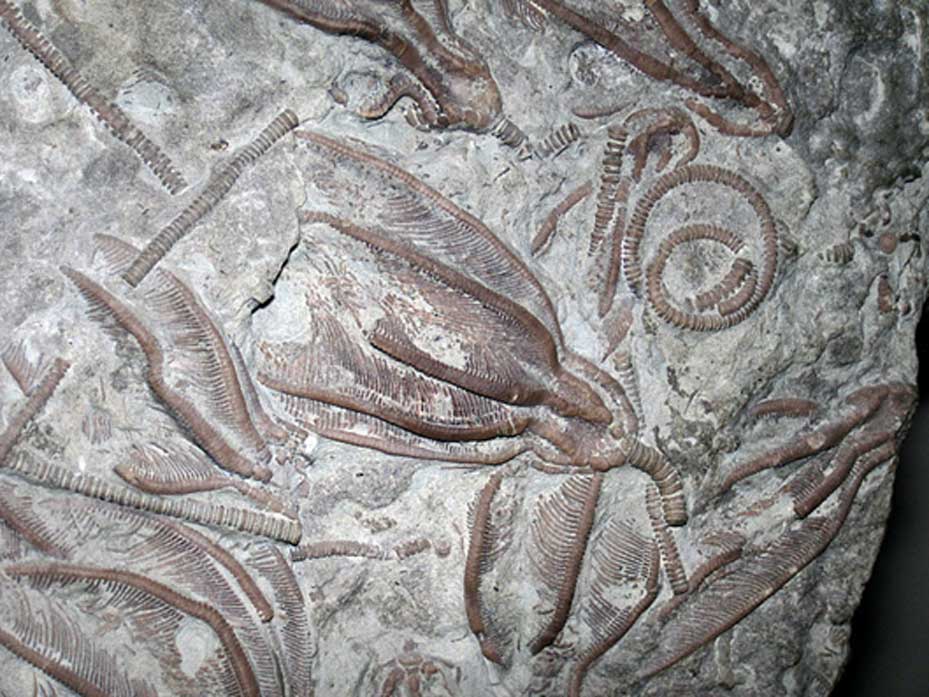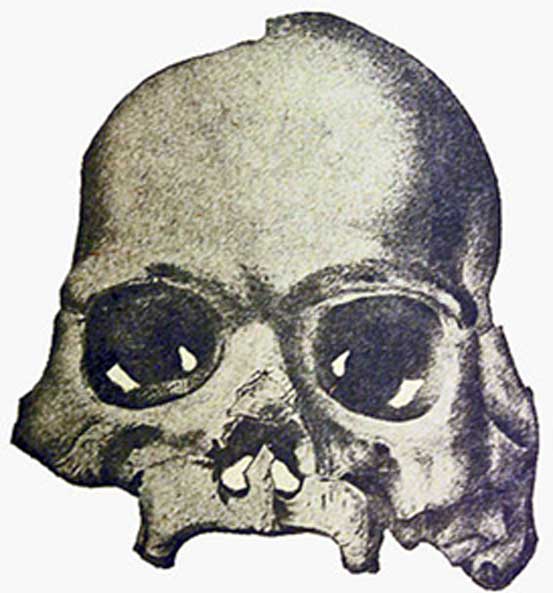
The Californian OOPArt versus Darwin’s Theory of Evolution
Archaeologists, anthropologists and geologists in the field sometimes discover objects in seemingly impossible contexts, which don’t immediately fit their models of evolution or history as we know it. The term used to describe these anomalies is ‘OOPArt’ (out-of-place artifacts) and they challenge conventional history by hinting vanished civilizations had technology more advanced than that of modern times or that mankind is much older than what we have calculated it to be. The term OOPArt is most often used by cryptozoologists, ancient astronaut theorists, young and old Earth creationists and those interested in the paranormal. Historian Ashley Cowie embarks on some skullduggery exposé.

The Face on Mars was one of the most striking and remarkable images taken during the Viking missions to the red planet. Unmistakably resembling a human face, the image caused many to hypothesize that it was the work of an extraterrestrial civilization. Later images revealed that it was a mundane feature rendered face-like by the angle of the Sun. Picture: NASA. (Public Domain)
Examples of Famous OOPArts
A famous OOPArt is the Cydonia Head on Mars, which the Mars Global Surveyor photographed on the surface of the red planet, on April 5, 1998. As thousands of anxious web surfers were waiting for conformation of an alien super race, it was revealed there was no alien monument after all and the feature was as a natural landform and that lighting had given it the apparition of a face. OOPArts come in all shapes and sizes, for example, hundreds of people have come forward with what look like alien screws embedded in 350 million-year-old rocks, only to find they are actually the fossilized stems of crinoids, ancient sea lilies.

Xenocrinus baeri (Meek, 1872) crinoids in fossiliferous limestone from the Ordovician of Ohio, USA (CC BY-SA 2.0)
The Skull that Challenged Darwin
North America has been a hot bed of OOPArts and over the last two centuries hundreds have been presented to the authorities, but none so paradigm threatening as a particular skull that was said to have been recovered 39 meters (128 feet) underground in February 1866, in the county of Calaveras, California. The team of gold miners who discovered the skull, subsequently called the Calaveras Skull, contacted Dr Josiah Dwight Whitney, professor of geology at Harvard University (from 1865), and chief of the California Geological Survey (1860–1874), to evaluate their extraordinary find.

The Calaveras Skull, from William Henry Holmes' 1899 debunking book: Review of the Evidence Relating to Auriferous Gravel Man in California. (Public Domain)
Dr Whitney analyzed the skull and in the Summer of 1866, he made an astounding announcement at the California Academy of Sciences, declaring that the skull was “proof that human beings existed in North America during the Pliocene epoch” (5.3 to 2.6 million years ago). Dr Whitney’s conclusion rocked the world’s scientific community, but he was not the only one to believe that human beings lived millions of years ago, alongside colossal birds and beasts like Titanis and mastodons. In fact, hundreds of geologists and miners in North America came forward and reported finding artifacts in strata dated to sometimes hundreds of millions of years old.




